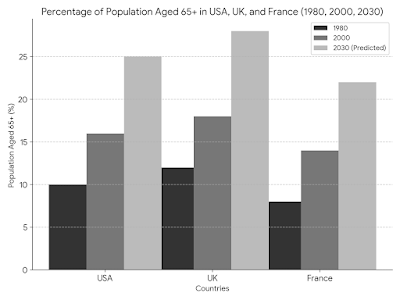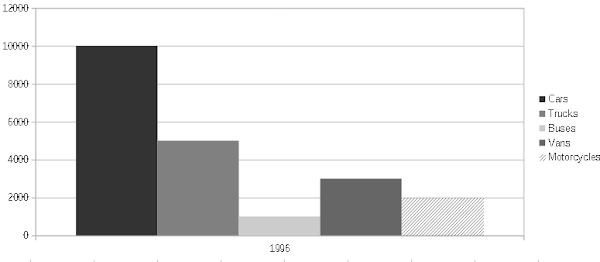IELTS Academic Writing Task 1 | Reasons Students Chose a UK university

IELTS Academic Writing Task 1: Chart - Reasons for Choosing a UK University (1997 vs. 2007) Sample Answer The charts illustrate the changing priorities of students selecting a university in the UK between 1997 and 2007. In 1997, "Good sports and social activities" (35%) was the most significant factor influencing student choice, followed closely by "Quality of teaching" (22%). "Suitable degree courses" (19%) and "Proximity to parental home" (18%) held similar importance , with "Quality of resources" (6%) the least influential factor . A shift in priorities is evident by 2007 . "Quality of teaching" (37%) became the most crucial factor , surpassing even "Good sports and social activities" (30%), which remained important but declined slightly . "Suitable degree courses" (17%) and "Proximity to parental home" (10%) saw a further decrease in significance . Interestingly, "Quality...




